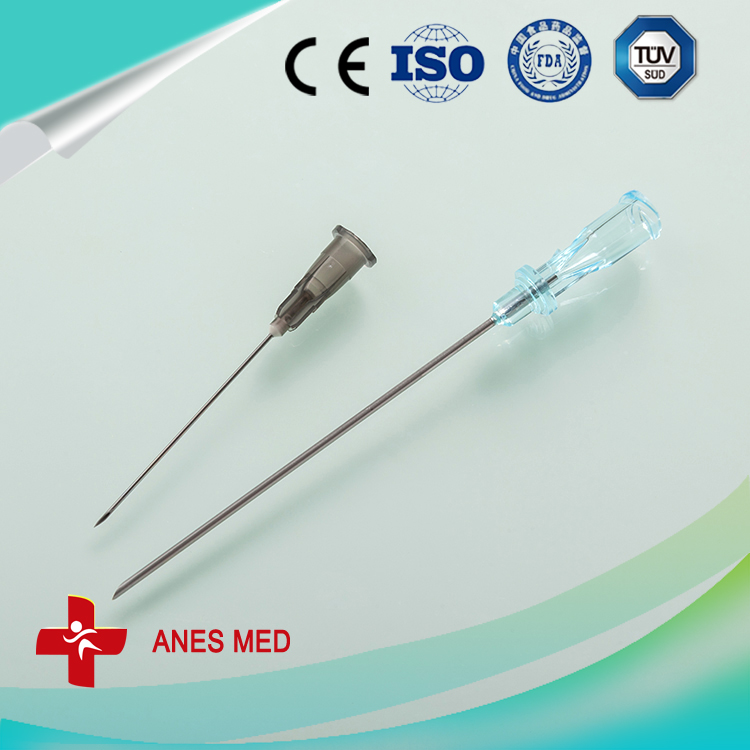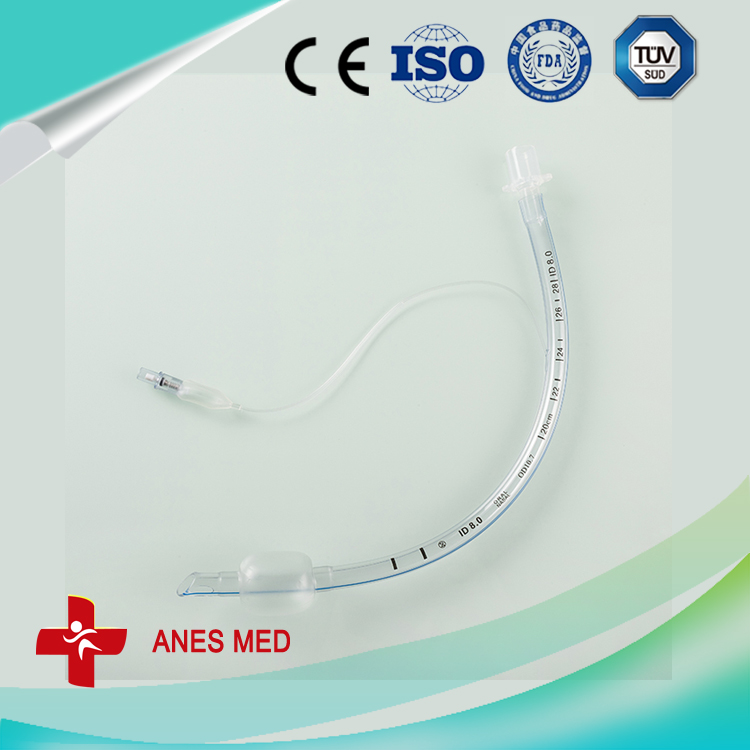First, the symptoms The main symptoms of rice black-streaked dwarf disease are increased tillering. The leaves are broad and stiff, and the leaves are dark green. The veins and stalks on the back of the leaves begin to wax white, and then turn into brown, short, knob-like uplifts without heading or Small spikes, poor fruiting. Symptoms of infection at different stages of life are slightly different. At the seedling stage, the heart grows slowly. The leaves are short, wide, stiff, and dark green. There are irregular waxy white knobs on the veins, which turn dark brown. The roots are short, the plants are short and do not head, often withering early. In the onset of childbirth, the newborn gave birth first to symptoms, and the main stem and early delivery were still able to extract short panicles, but the ear was retracted in the sheath. At the jointing stage, the flag leaves are broad and the head and neck are shortened. The seed setting rate is low, and there are short strip-like knobs on the dorsal and stalks. Second, comprehensive prevention and control technology 1. Agricultural control: Select disease-resistant varieties according to local conditions, implement active disease resistance, adopt light-planting techniques such as machine-transplanting rice seedlings and live-on-wheat rice cultivation to avoid insects and avoid disease, so as to reduce the chances of poisonous ash migration and transmission; Seed quantity, increase the number of seedlings per unit area, can reduce the probability of seedlings infected with the black streaked dwarf disease, it is recommended to increase the amount of seeds used in the field on the basis of the amount of conventional use 5% to 10%. 2. Chemical control: 1 Comprehensive pharmacy soaking and seed dressing. Combining prevention and control of diseases transmitted by rice species, 35% rice cultivar, 5% Ruijinte, 25% imidacloprid and other agents were soaked and seed dressing was applied to control seedlings of Laodelphax sclerotiorum. 2 Strengthen seedling management.ç‹ Manages the generation of adult Smilax falciparum in Putian. Select 5% Ruijin Te, 25% buprofezin, 25% imidacloprid (Bode, first net), etc. with good effect, and better chlorpyrifos (48% Xinyijia, 40% Xinnongbao), different Proweed, Zhong Dingwei, mixed aldicarb, dichlorvos and other combinations. 2 to 3 days before transplanting, use good delivery of herbs, so that transplanting with drugs. 3 Proper control of planthoppers in early field. The control of Laodelphax striatellus in direct-seeded rice fields was applied 7 to 10 days after sowing (Qing Miao Lu Qing). Transplanting rice and machine-transplanted rice fields are generally treated 5 to 7 days after transplanting, combined with the control of rice leaf roller borer and rice stem borer, and the second prevention and control is conducted every 10 days or so. Since July, the temperature is high. The number of Laodelphax striatus decreased, and the ability of Laodelphax striatellus to reduce its transmission capacity did not require special prevention and control. In the common areas of rice black-streaked dwarf disease, in the treatment of disease prevention, the use of bacteriocin and other viral passivation agents to prevent 1 or 2 times, can increase the plant's anti-virus ability, reduce the risk of disease. It is necessary to pay attention to alternate medications, delay the occurrence of resistance to SBPH, and pay attention to the safe use of pesticides such as chlorpyrifos and dichlorvos. We will prevent and control weeds in the rice fields and change single households to prevent and control the group defenses. We will adopt unified time, unified pharmaceuticals, and unified prevention and control to ensure effective control of the entire region. 3. Do a good job of emergency remedial measures: Within 20 days after rice is planted, when Daejeon has already had a severe onset, remove the diseased plants in a field with a diseased hole rate of more than 7%, remove the diseased plants in a timely manner, and place them into the mud and bury them in the soil. Divide the 1/2-minute seedlings or transplant the stockpiling seedlings into the cavities left by removing the diseased plants, and appropriately apply the quick-acting fertilizers, so that the rice seedlings can be restored to the growth of the colony, and the others can be managed as usual. In the case of severe disease, this measure has a good disease-preserving production effect.
pidural and spinal combined anesthesia puncture, Epidural Needle ,Introducer Needle, Infusion Pumps ,trachea cannula,
Components FOR AS-E/S FULL KIT
(AS-E/S) Combined spinal Epidural Anesthesia puncture package/kit
Y-valve Connector
Epidural Needle,Introducer Needle,Infusion Pumps,Tracheal Cannula,Y-valve Connector,Blood Inflation Balloon Anesthesia Medical Co., Ltd. , http://www.sinoanesthesia.com
Name
Spec.
Qty.
Epidural needle
16G
1
spinal needle
25G
1
No damage Anesthesia
Catheter (Patent)
length>90cm
OD 1.0mm
1
Anesthesia catheter adapter
--
1
Air filter
-
1
Liquid filter
-
1
Catheter assist guide
-
1
Surgical latex gloves
7.0# 7.5# 8#
1
Negative pressure tube
-
1
Sponge brush
3
Sterile injector needle
16G 1.6
1
22G 0.7
1
23G 0.6
1
Low-resistance injector
5ml
Sterile syringe
20ml
1
3ml
1
Woundplast
-
1
Compresses
7*7*8
3
Tray cover
-
1
Catheter adhesive slice
5cm*8cm
1
Bottom cover
-
(AS-E) Epidural anesthesia puncture package/kit
(AS-S) Spinal anesthesia puncture package/kit
(AS-N) Nerve Anesthesia puncture package/kit
Blood Inflation Balloon

